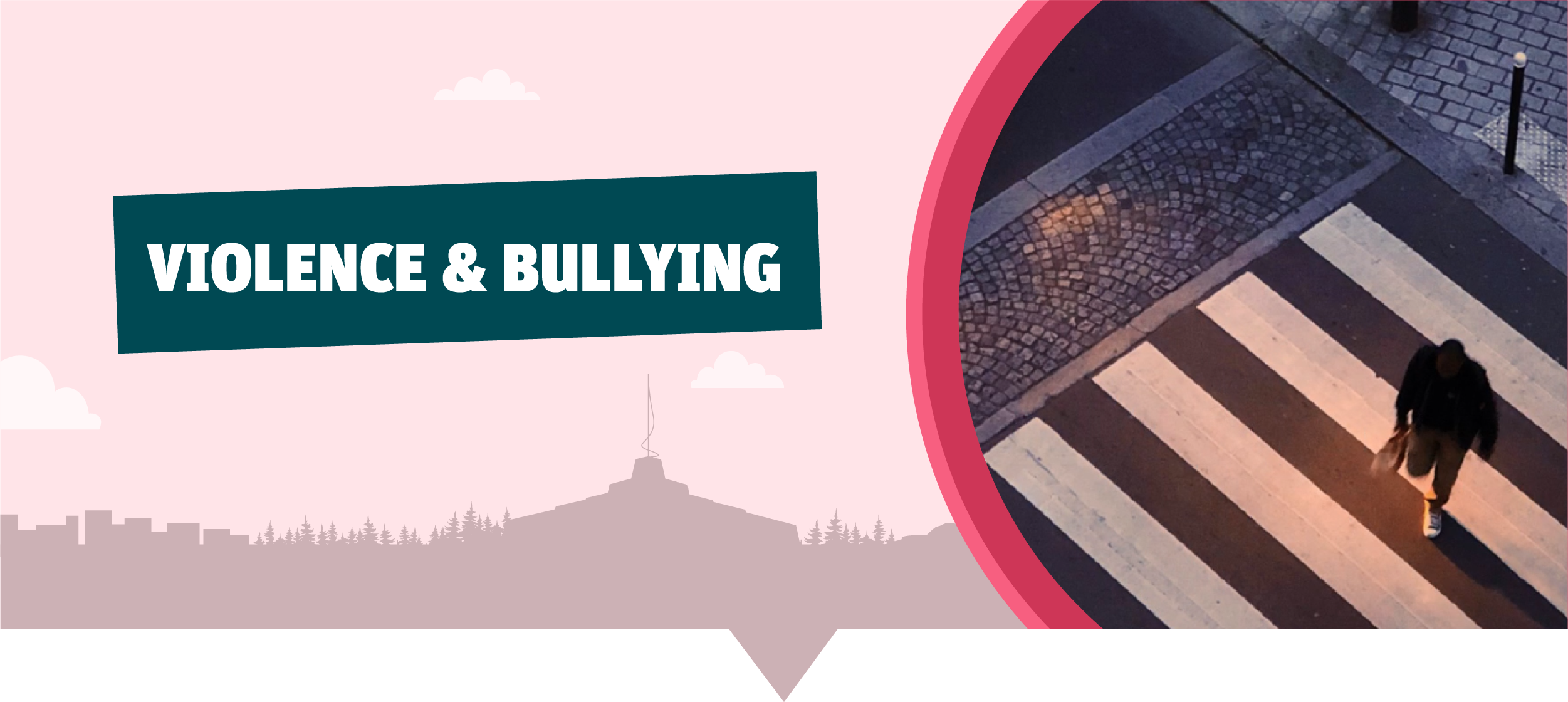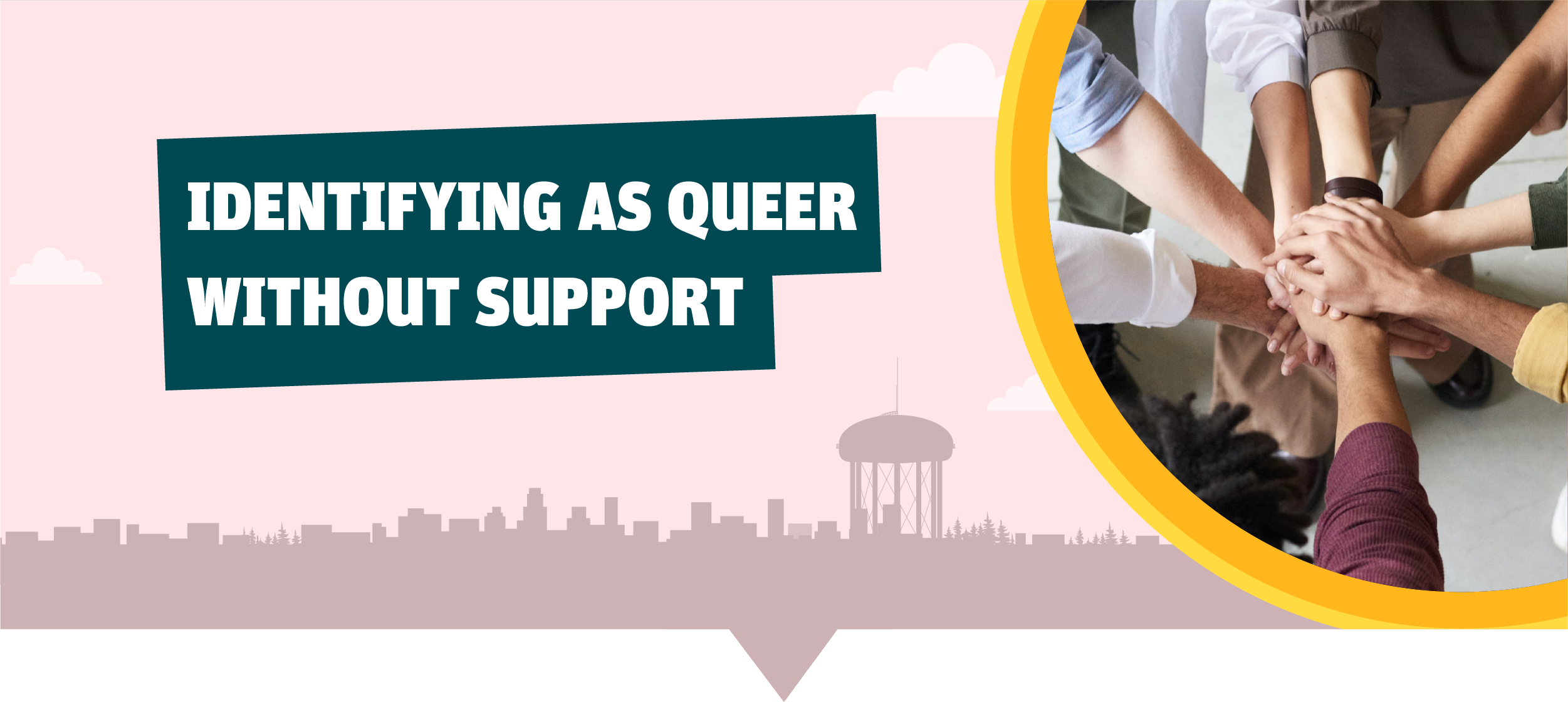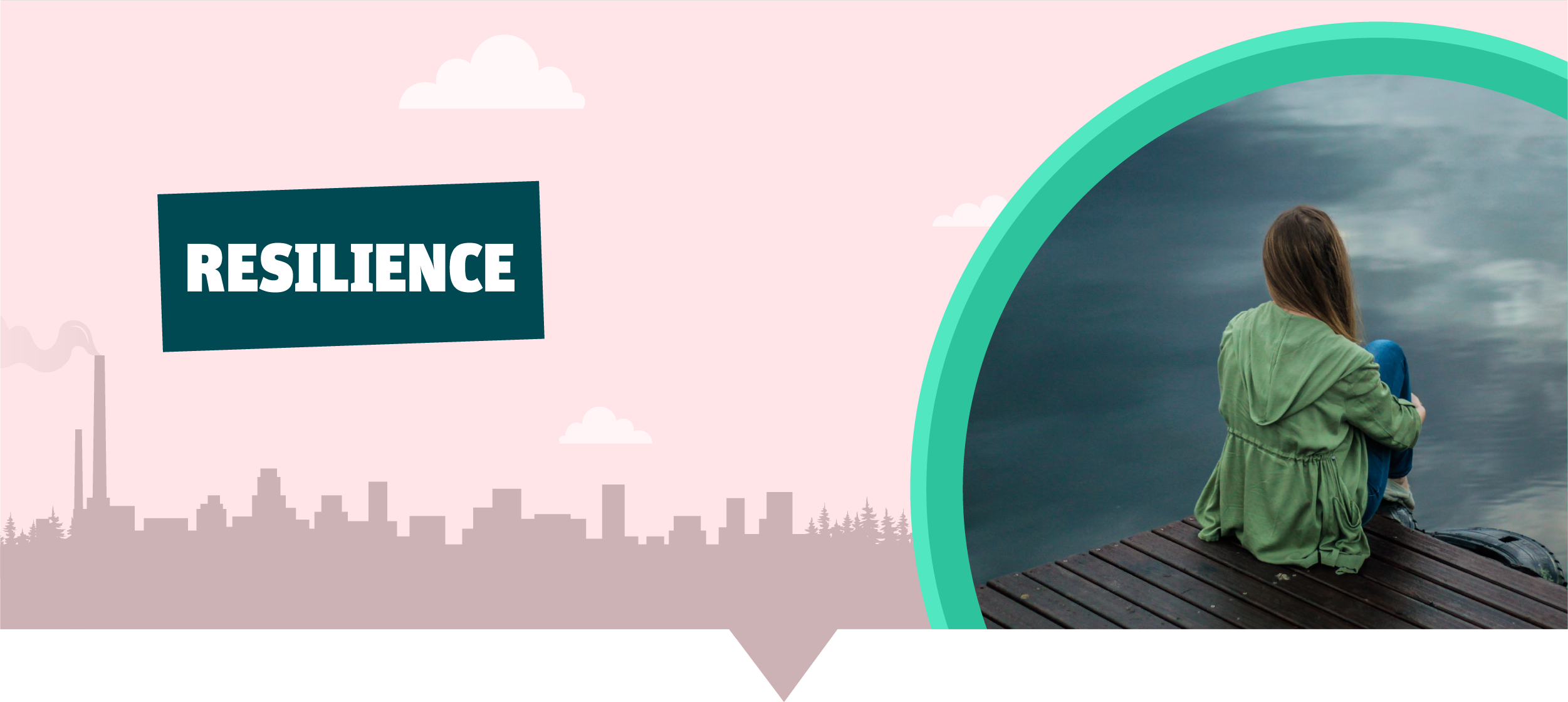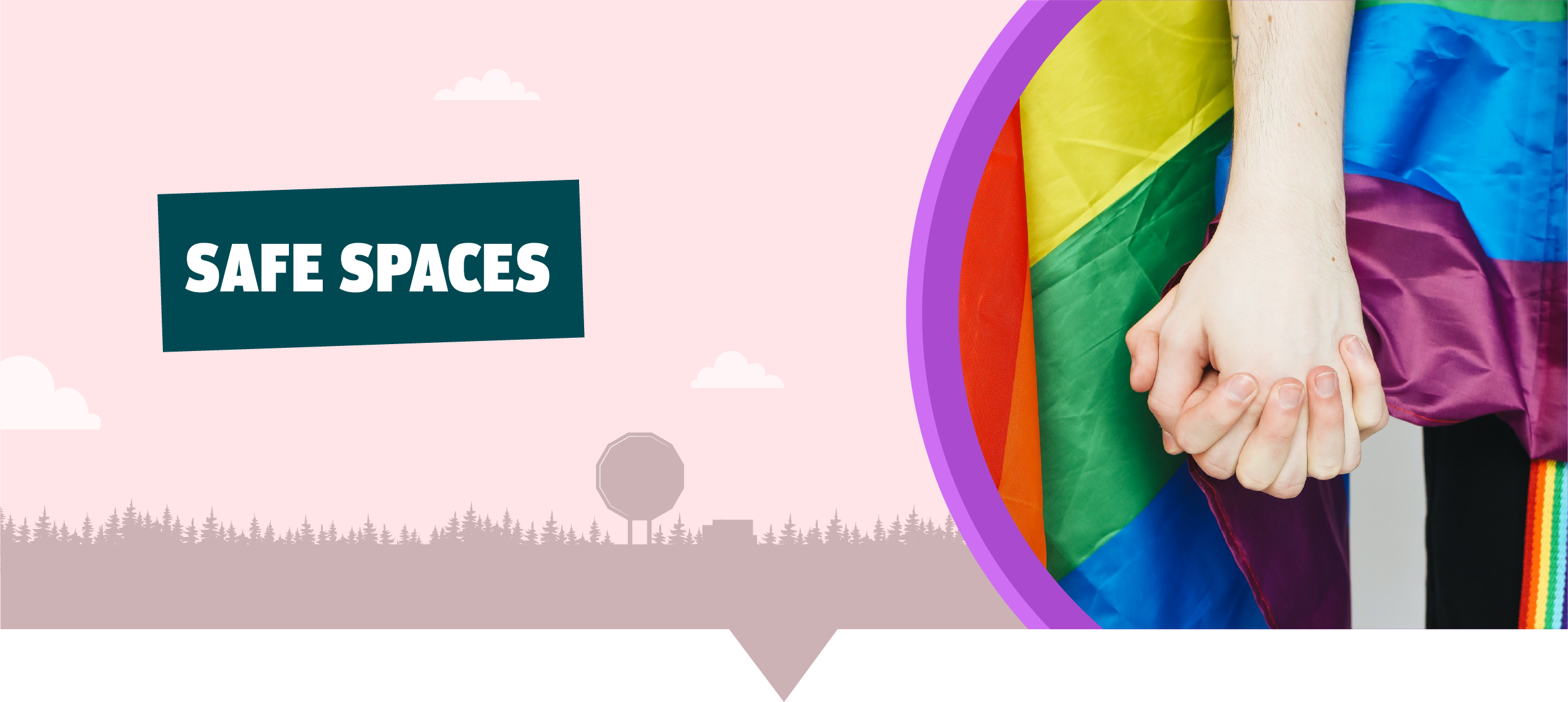Invisible No More Study
Invisible No More: Voices from the Queer Community
In 2019, Public Health Sudbury & Districts partnered with Laurentian University to examine the experiences and needs of 2SLGBTQ+ community members in Sudbury and districts and how they relate to public health. This project is a result of a research collaboration between Public Health Sudbury & Districts and Laurentian University.
Digital storytelling and focus group discussions were chosen as methods for this research project with the goal of meaningfully engaging members of the 2SLGBTQ+ community participating in the study. Digital storytelling is a qualitative method of gathering data in the form of images, video, audio, and narrative samples that capture the experiences of people in their own voices. Focus groups are a qualitative method to allow individuals with a shared background or experience to discuss a specific topic or area of interest in a group setting.
Fourteen participants took part in the study. Participants ranged in age from 20 to 77. Six identified as gay men, 3 as male to female transgender, 1 as lesbian and 1 as a bisexual woman. Two of the participants identified as non-binary, female leaning to male. One participant was a transgender man. Of the 14 who took part, three identified as Indigenous and one identified as Asian. The participants produced 13 digital stories through this study to share with service providers and the public.
- Executive Summary (PDF) of the Report
- Full Report (PDF)
- For more information on the 2SLGBTQ+ population
Digital stories
Each of the 13 participants created one digital story. The digital stories share accounts of trauma, resilience, and hope for safe spaces and programs and services that are inclusive and accepting of the Queer population. All 13 digital stories are displayed below. Digital stories have been grouped together in the following themes: Violence and Bullying, Identifying as Queer Without Support, Resilience, and Safe Spaces.
Please note that the digital stories were created by English-speaking participants. Subtitles have been added to the videos to make them more accessible in French; however, actual words or images embedded within the videos have not been altered.

Violence and bullying
The real threat of violence, rejection, and isolation is an ongoing struggle experienced by Queer people in Sudbury and districts and beyond. These 2 digital stories illustrate this daily reality and offer some solutions to address the negative health impacts of anti-Queer oppression.
This video includes 2 digital stories:
- Walking in the Streets
- Scrappy

Identifying as Queer without support
The struggle to be yourself, or even understand what it means to be Queer, can impact a person’s mental health and their relations with immediate networks, including family and friends. Lack of support within agencies and settings, and gaps in services can result in significant barriers beginning in childhood right through to older adulthood. These 4 digital stories underscore the importance of support and services for 2SLGBTQ+ community members across the life course.
This video includes four digital stories:
- Mike’s Story
- From Youth to Present
- Unwrapping
- No Gay Handbook

Resilience
Addressing traumas connected with growing up Queer requires a lot of personal strength and resilience. These 4 digital stories demonstrate the perseverance of 2SLGBTQ+ community members to find acceptance and social supports despite challenges of isolation and rejection.
This video includes four digital stories:
- Volunteering Sharing and Learning
- One Day More
- This Is Me
- Jase Light

Safe spaces
Safety is a basic human need. Queer people often struggle to find safe spaces and instead face the threat or fear of violence, social exclusion, and rejection in everyday settings. It takes a community of support and connections with accepting and like-minded people to ensure safety and better health outcomes. These 3 digital stories demonstrate the struggles and need for safe schools and community spaces.
This video includes three digital stories:
- Trans and Triumphant
- Stepping Out of the Shadows
- I Was Born in Sudbury
Full video featuring all digital stories
Below is a link to a file combining all 13 digital stories created through this study.
Start a conversation
Consider using this video to start a conversation in your classroom, with your family, with colleagues, or amongst friends. Below are some discussion questions to help start a conversation.
- What do these stories have to do with health equity?
- What are some of the challenges described by 2SLGBTQ+ individuals?
- What are some of the needs described by 2SLGBTQ+ individuals?
- What supports or services might address these needs?
- What agencies are responsible for providing these services?
- If you had to educate or inform people [teachers /students /parents /colleagues] about these stories and experiences, what approach would you use? What would you say?
- If your [friend /child /student /colleague /client] came to you and shared struggles of coming out or bullying issues, could you support them? What would you say? What resources are you aware of that could help?
Visit this site for suggested resources: https://resources.youthline.ca/resources
Questions? Feedback? Ideas? Email us at equity@phsd.ca or get in touch with the Health Equity Team.
- Executive Summary (PDF) of the Report
- Full Report (PDF)
- For more information on the 2SLGBTQ+ population
Acknowledgements
Public Health Sudbury & Districts would like to thank the following for their support of this project.
- The participants who shared their ideas and their life stories, offering their vulnerability so we may learn from their experiences. By sharing their stories, they have provided a voice to the needs of the Queer community.
- The Louise Picard Public Health Research Grant (LPPHRG) for contributing to the funding of this study.
- Caitlyn Bourque, Luc Chretien, Erika Espinoza, Lori-Ann Holland, Suzanne Lemieux, Wayne Neegan, Danielle Paquette, Paul Pasanen, Sherry Price, Geneviève Projean, Kayla Ramsay, Tanya Shute, Marcie Snyder, Bernadette Walicki, and Dana Wilson.
References
Bauer, G., & Scheim, A. (2015). Transgender people in Ontario, Canada: Statistics from the Trans PULSE Project to inform human rights policy. University of Western Benibgui, M. (2010). Mental health challenges and resilience in lesbian, gay, and bisexual young adults: Biological and psychological internalization of minority stress and victimization (Doctoral dissertation, Concordia University).
Lee, A., & Kanji, Z. (2017). Queering the health care system: Experiences of the lesbian, gay, bisexual, transgender community. Canadian Journal of Dental Hygiene, 51(2) 80-89.
Quinn, G., Sanchez, J., Sutton, S., Vadaparampil, S., Nguyen, G., Green, B., Kanetsky, P. & Schabath, M. (2015). Cancer and Lesbian, Gay, Bisexual, Transgender/Transexual, and Queer/Questioning populations (LGBTQ). CA: A Cancer Journal for Clinicians, 65(5), 384-400.
Rainbow Health Ontario. (2019). LGBTQ2 health in Canada: Study brief for the standing committee on health. https://www.ourcommons.ca/Content/Committee/421/HESA/Brief/BR10445304/br-external/RainbowHealthOntario-revised-e.pdf.
Statistics Canada. (2016). Family violence in Canada: A statistical profile, 2014. (Catalogue No. 85-002-X, ISSN 1209-6393).
https://www150.statcan.gc.ca/n1/en/pub/85-002-x/2016001/article/14303-eng.pdf?st=RnbSpKrZ
The 519. (n.d.). The 519’s glossary of terms, facilitating shared understandings around equity, diversity, inclusion and awareness. https://www.the519.org/education-training/glossary
This item was last modified on September 18, 2024
